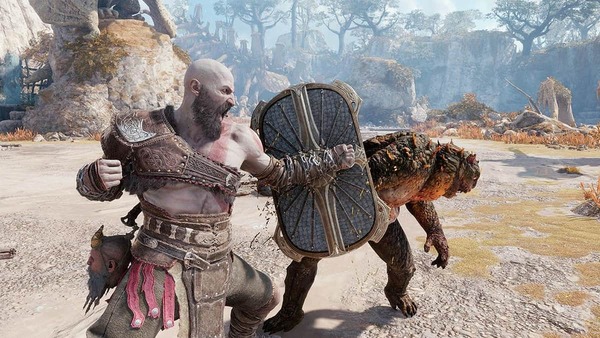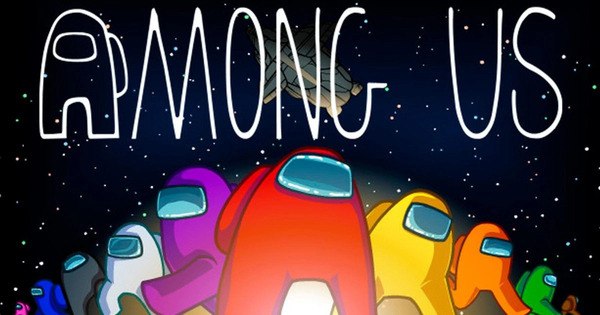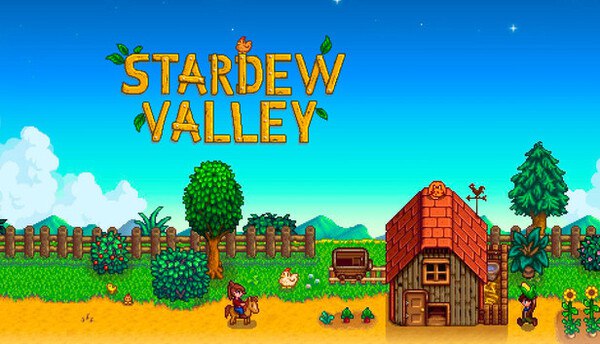Advertisement
Popular Now
Dark Souls III is a rich tapestry of themes and narratives, with the conflict between fire and dark serving as a central motif. This struggle not only shapes the game's world but also influences character arcs and player choices. The duality of fire and dark is not merely a backdrop; it is a reflection of the human experience, exploring themes of ambition, sacrifice, and the eternal struggle between hope and despair. This article delves into the intricate relationship between fire and dark in Dark Souls III, examining its impact on the narrative, characters, and the player's journey.
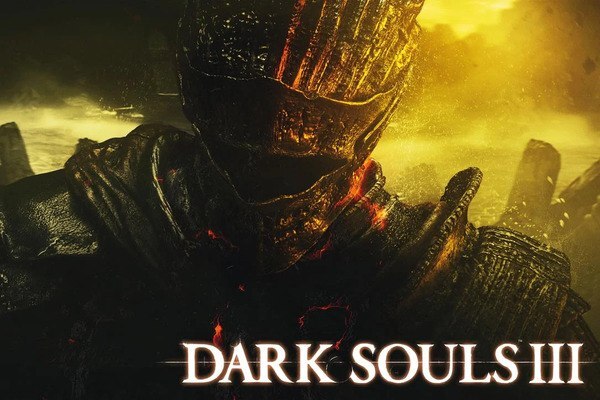 The concept of fire in Dark Souls III begins with the First Flame, an essential element that ignites the Age of Fire. This flame represents hope and vitality but also heralds a cycle of suffering and sacrifice.
The concept of fire in Dark Souls III begins with the First Flame, an essential element that ignites the Age of Fire. This flame represents hope and vitality but also heralds a cycle of suffering and sacrifice.
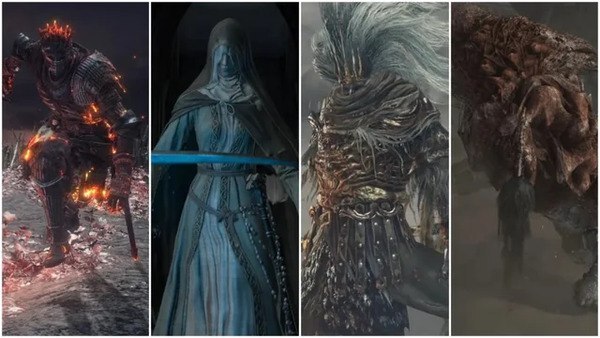 The Lords of Cinder are key figures in the struggle between fire and dark. Each lord represents a unique narrative of sacrifice, exploring the consequences of their decisions in maintaining the flame.
The Lords of Cinder are key figures in the struggle between fire and dark. Each lord represents a unique narrative of sacrifice, exploring the consequences of their decisions in maintaining the flame.
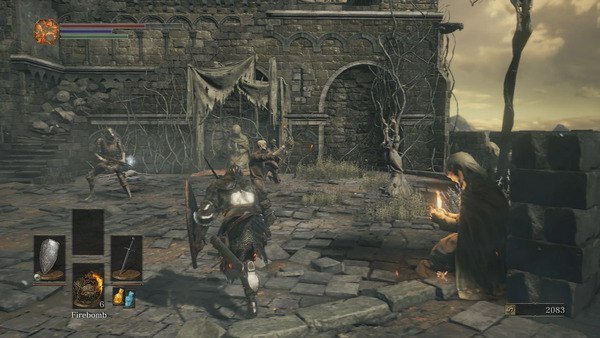 As the Ashen One, players navigate a world filled with moral ambiguities, where every choice carries weight and consequences. This journey reflects the complexities of ambition, hope, and the inherent struggle between fire and dark.
As the Ashen One, players navigate a world filled with moral ambiguities, where every choice carries weight and consequences. This journey reflects the complexities of ambition, hope, and the inherent struggle between fire and dark.
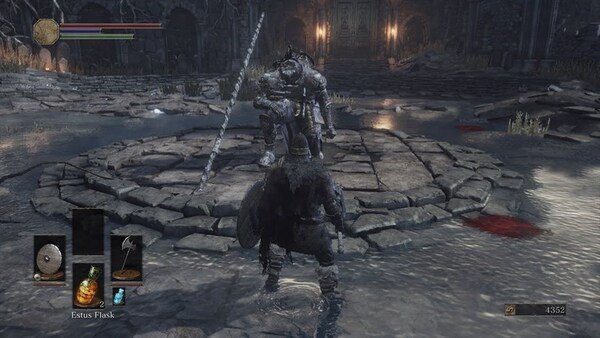 Non-playable characters (NPCs) add depth to the narrative, each representing different facets of the fire and dark theme. Their stories illuminate the sacrifices made in pursuit of their goals and the complexities of their relationships with the flame.
Non-playable characters (NPCs) add depth to the narrative, each representing different facets of the fire and dark theme. Their stories illuminate the sacrifices made in pursuit of their goals and the complexities of their relationships with the flame.
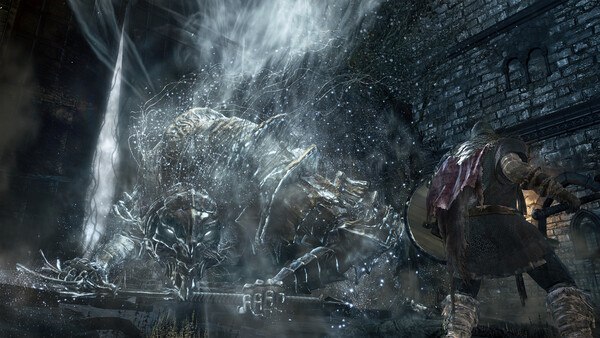 Anri’s quest revolves around love and loss, as they seek vengeance for a loved one. Their story underscores the emotional toll of sacrifice and the lengths one may go to in pursuit of revenge.
Anri’s quest revolves around love and loss, as they seek vengeance for a loved one. Their story underscores the emotional toll of sacrifice and the lengths one may go to in pursuit of revenge.
The Genesis of Fire: The First Flame
 The concept of fire in Dark Souls III begins with the First Flame, an essential element that ignites the Age of Fire. This flame represents hope and vitality but also heralds a cycle of suffering and sacrifice.
The concept of fire in Dark Souls III begins with the First Flame, an essential element that ignites the Age of Fire. This flame represents hope and vitality but also heralds a cycle of suffering and sacrifice.
The First Flame: A Source of Power and Pain
The First Flame was ignited by the Lord of Sunlight, Gwyn, establishing the foundation of life and power in Lothric. It serves as both a beacon and a burden, illuminating the world while simultaneously drawing forth darkness. The flame's existence initiates a cycle of dependence, where the inhabitants of Lothric must constantly strive to sustain it.The Burden of Flame
The First Flame is not merely a source of warmth; it embodies the weight of leadership and the sacrifices required to maintain power. Those who have come before, including Gwyn, have given much to uphold the flame, leading to a complex relationship where the desire for strength can devolve into madness and despair. This duality sets the stage for the ongoing conflict within the game.The Lords of Cinder: Sacrificial Heroes
 The Lords of Cinder are key figures in the struggle between fire and dark. Each lord represents a unique narrative of sacrifice, exploring the consequences of their decisions in maintaining the flame.
The Lords of Cinder are key figures in the struggle between fire and dark. Each lord represents a unique narrative of sacrifice, exploring the consequences of their decisions in maintaining the flame.
Gwyn’s Sacrifice: The Ultimate Cost
Gwyn’s decision to link the fire is a pivotal moment in Dark Souls lore. His self-sacrifice ensures the survival of the Age of Fire but also dooms him to a hollow existence. This act of bravery reveals the deep-rooted tension between duty and personal desire.A Hero’s Burden
Gwyn's legacy is one of sacrifice, but it is also one of tragedy. His choice leads to the cyclic nature of the game’s world, where future heroes must make similar sacrifices to keep the flame alive. This cycle creates a poignant commentary on the costs of leadership and the burden carried by those who aspire to protect their realm.The Abyss Watchers: A Brotherhood’s Downfall
The Abyss Watchers were once noble knights dedicated to fighting the Abyss, representing a collective sacrifice for the greater good. However, their dedication ultimately leads to their demise, illustrating how noble intentions can become corrupted.The Madness of Duty
The Abyss Watchers’ descent into madness highlights the dangers of losing oneself in duty. Their once-united purpose fractures under the weight of their sacrifices, transforming them into echoes of their former selves. This tragedy serves as a reminder that the desire to protect can lead to self-destruction, reinforcing the notion that fire, while powerful, can consume those who wield it.The Player’s Journey: Navigating Choices
 As the Ashen One, players navigate a world filled with moral ambiguities, where every choice carries weight and consequences. This journey reflects the complexities of ambition, hope, and the inherent struggle between fire and dark.
As the Ashen One, players navigate a world filled with moral ambiguities, where every choice carries weight and consequences. This journey reflects the complexities of ambition, hope, and the inherent struggle between fire and dark.
The Weight of Choice
Throughout Dark Souls III, players are faced with critical decisions that challenge their understanding of sacrifice and power. The choice to rekindle the flame or embrace the dark serves as a pivotal moment in the game, forcing players to confront their values.Choices with Consequences
Each decision influences the narrative, highlighting the interconnectedness of actions and consequences. For instance, players may choose to ally with certain characters, sacrificing potential allies for greater power or knowledge. These choices resonate deeply within the game, compelling players to reflect on their motivations and the impact of their actions.Embracing the Darkness
Choosing to embrace the darkness symbolizes a departure from the cycle of the flame. This choice reflects a philosophical stance on sacrifice, as players must grapple with what they are willing to give up in pursuit of power.A Shift in Perspective
Embracing the dark often entails sacrificing hope for the allure of strength. This decision becomes a defining moment in the player’s journey, illustrating the complexity of choices and the ongoing struggle between light and dark.The NPCs: Flames of Ambition and Despair
 Non-playable characters (NPCs) add depth to the narrative, each representing different facets of the fire and dark theme. Their stories illuminate the sacrifices made in pursuit of their goals and the complexities of their relationships with the flame.
Non-playable characters (NPCs) add depth to the narrative, each representing different facets of the fire and dark theme. Their stories illuminate the sacrifices made in pursuit of their goals and the complexities of their relationships with the flame.
Irina of Carim: A Flicker of Hope
Irina’s character arc begins with her quest for redemption, embodying the hope that fire can bring. However, her desire for knowledge leads her down a dark path, showcasing the fine line between ambition and corruption.The Temptation of Knowledge
Irina’s journey reflects the dangers of ambition, as her initial hope transforms into a tragic narrative of loss and despair. Her eventual succumbing to darkness illustrates how easily the flame can lead one astray, emphasizing the fragility of hope in a world rife with temptation.Anri of Astora: The Cost of Vengeance
 Anri’s quest revolves around love and loss, as they seek vengeance for a loved one. Their story underscores the emotional toll of sacrifice and the lengths one may go to in pursuit of revenge.
Anri’s quest revolves around love and loss, as they seek vengeance for a loved one. Their story underscores the emotional toll of sacrifice and the lengths one may go to in pursuit of revenge.













